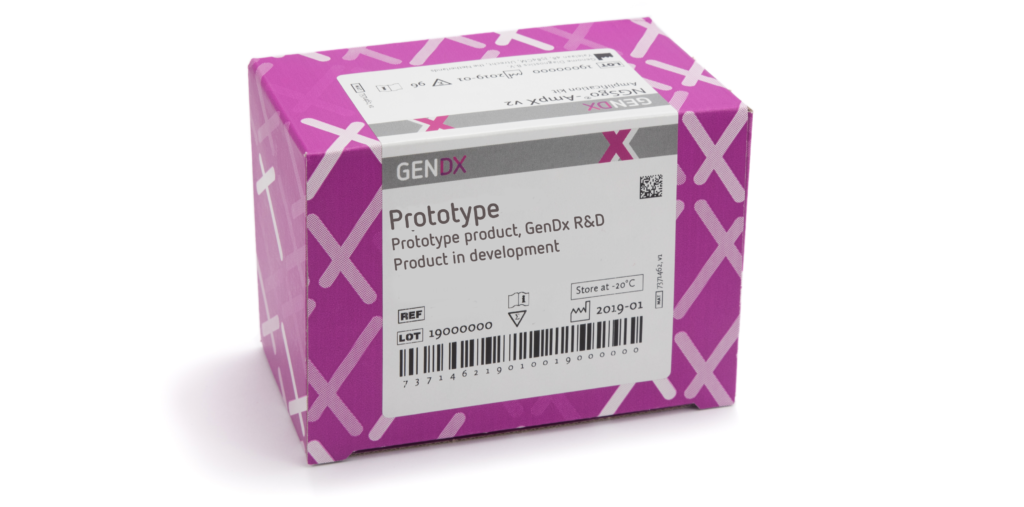Specifications
Distinguishing common HLA null alleles is required and commonplace in HLA typing. ASHI standards requires detection of at least HLA-A*24:09N, -B*51:11N, -C*04:09N, -DRB4*01:03N, -DRB5*01:08N. These null alleles are a result of different molecular modifications including nucleotide substitution, homopolymer extension, homopolymer shortening or indels. GenDx, in collaboration with Scope Biosciences B.V. (Wageningen, the Netherlands) developed a CRISPR-Cas based assay to detect null alleles in a human gDNA sample. The method combines an isothermal LAMP reaction with CRISPR-Cas recognition of a specific target sequence, which is targeted per developed assay, and a fluorescent reporter assay in a single tube. After adding DNA to the assay tube, the reaction is incubated and fluorescent signal is monitored every minute.
A Simple Protocol for Complex Analysis
One of the key highlights of CRISPRgo HLA assays is its remarkably simple protocol. The technology leverages ScopeDx’s expertise in CRISPR-Cas-based assays to create a user-friendly method for identifying null alleles.
How it works:
- Sample Preparation: Begin by adding just 1.5ng of genomic DNA to the assay tube.
- Incubation: Place the assay tube in a controlled environment, maintaining a temperature of 65°C for 60 minutes.
- Real-Time Monitoring: Throughout the incubation period, the system continuously monitors the fluorescent signal, providing real-time data.
- Presence or Absence: At the end of the incubation period, CRISPRgo HLA assays deliver a conclusive result, confirming the presence or absence of null alleles in the sample.
Now available as prototype:
CRISPRgo HLA-A*24:09N
CRISPRgo HLA-B*51:11N
CRISPRgo HLA-C*04:09N
CRISPRgo HLA-DRB4*01:03N
CRISPRgo HLA-DRB5*01:08N
CRISPRgo Housekeeping gene
Interested?
Contact us at sales@gendx.com for more information.


